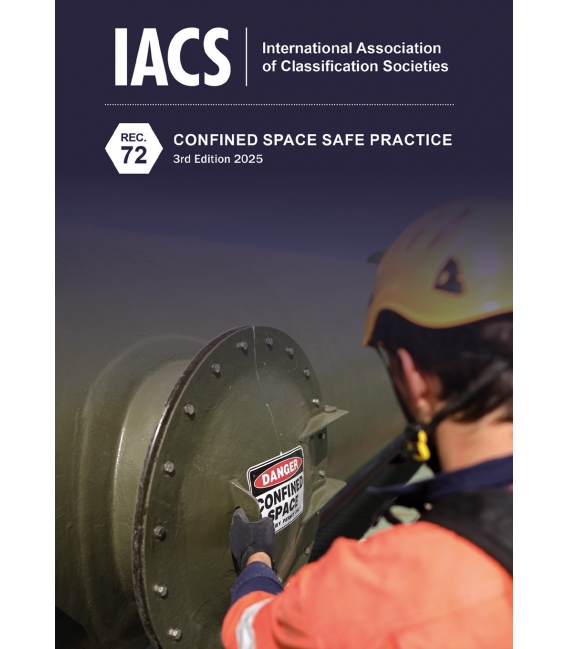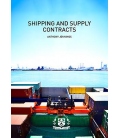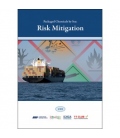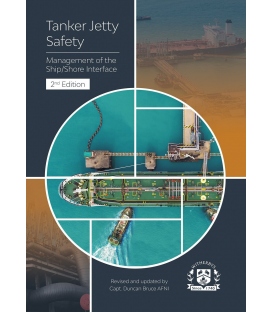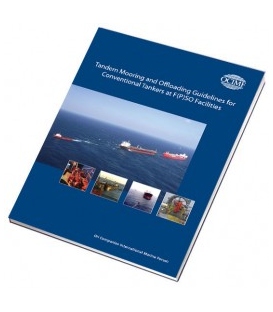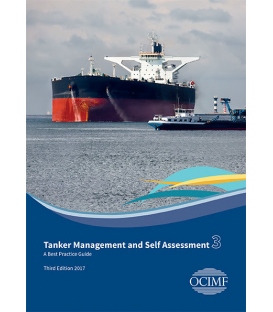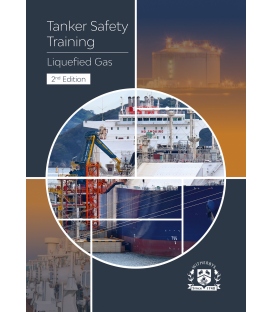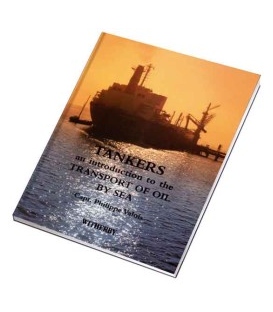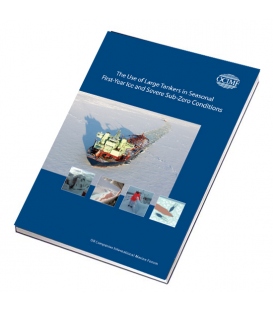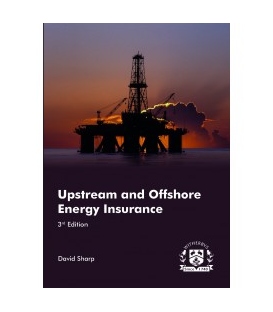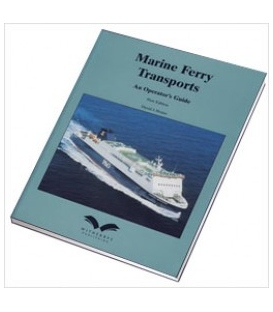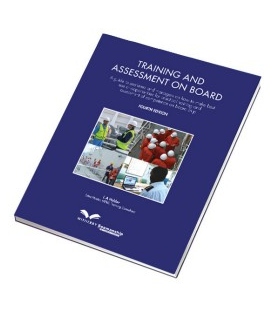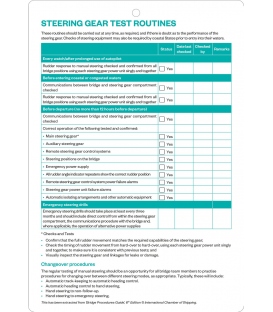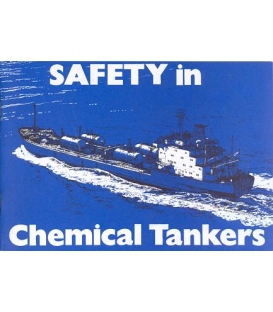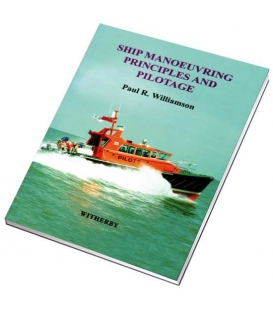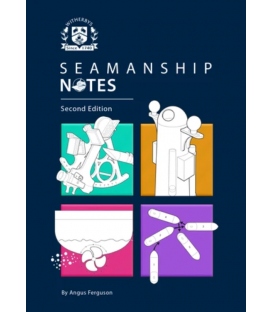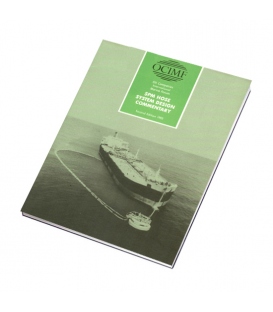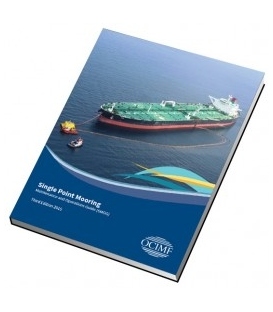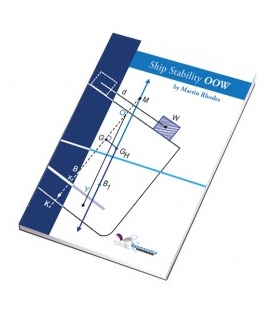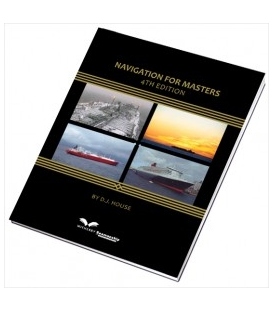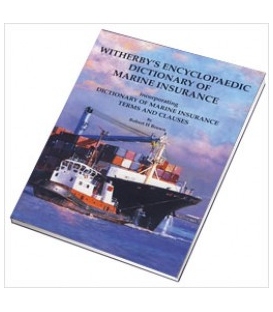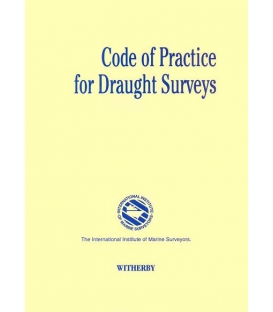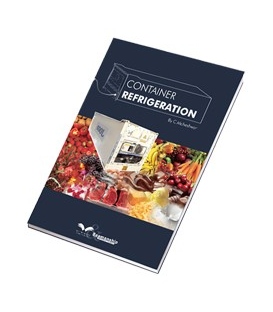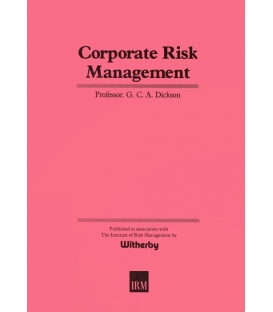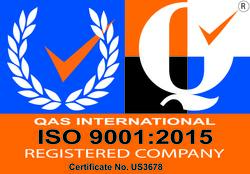

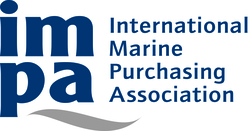
Sign up for our Newsletter
Confined Space Safe Practice (IACS Rec 72), (3rd Edition, 2025)
This publication provides guidance on best practice for confined space entry. It details appropriate PPE, safe entry policies and procedures, general hazards and atmosphere testing. It also includes survey preparation advice, such as approaches to tank cleaning and lighting.
The Guideline is structured in two parts. In the first part, general information concerning definitions and requirements to safely enter and work in Confined Spaces are summarized.
The second part helps the worker to recognize the hazards associated with confined spaces and gives detailed guidelines for a safe survey preparation and entry.
A Checklist for Entry into Confined Space is also included.
CHAPTER 1 Definitions
1.1 Confined Space
1.2 Confined Space Entry (CSE)
1.3 Competent Person
1.4 Responsible Person
1.5 Attendant (may also be referred to as ?Standby Person?)
1.6 Marine Chemist
1.7 Adjacent Space & Connected Space
1.8 Hazardous Atmosphere
1.9 Surveyor
1.10 Permit to Enter (PTE)/Permit to Work (PTW)
CHAPTER 2 General Hazards
CHAPTER 3 Requirements
3.1 Training
3.2 Confined Space Entry Policy
3.3 Confined Space Entry Procedures
3.3.1 General
3.3.2 Entering confined spaces adjacent and/or connected to loaded tanks
3.3.3 Entering confined spaces adjacent and/or connected to inerted tanks
3.3.4 Entering confined spaces adjacent and/or connected to loaded tanks on double hull tankers ? additional requirements
3.3.5 Permit-to-work/permit-to-enter
CHAPTER 4 Confined Space Entry
4.1 Testing of the Atmosphere
4.2 Preparation for Entering Confined Spaces
4.2.1 Ventilation
4.2.2 Isolation of Space
4.2.3 Attendant Rescue Team
4.3 Personal Protection Equipment (PPE)
PART 2 ? Guidelines for Safe Entry of Confined Spaces
CHAPTER 1 General
CHAPTER 2 Confined Space Hazards
2.1 Hazardous Atmospheres from the Containment in the Tank
2.1.1 Oxygen-deficient Atmosphere
2.1.2 Flammable Atmospheres
2.1.3 Toxic Atmosphere
2.2 Work Being Performed in a Confined Space
CHAPTER 3 Testing
3.1 General
3.2 Testing Instruments
CHAPTER 4 Ventilation
CHAPTER 5 Isolation of Space
CHAPTER 6 General and Physical Hazards
6.1 Temperature Extremes
6.2 Engulfment Hazards
6.3 Noise
6.4 Falling Objects
6.5 Slick/Wet Surfaces
CHAPTER 7 Guidelines for Use of Personal Gas Detectors
7.1 Function Test and Full Calibration
CHAPTER 8 Survey Preparation
8.1 Cleaning
8.2 Lighting
ANNEX Checklist for Entry into Confined Spaces
Dedicated to safe ships and clean seas, IACS makes a unique contribution to maritime safety and regulation through technical support, compliance verification and research development. More than 90% of the world?s cargo carrying tonnage is covered by the classification design, construction and through-life compliance rules and standards set but the twelve Members Societies of IACS.
IACS is a not for profit membership organisation of classification societies that establish minimum technical standards and requirements that address maritime safety and environmental protection and ensures their consistent application. It carries out this responsibility through its panels, expert groups and project teams and provides a Quality System Certification Scheme (QSCS) that its Members comply with, as an assurance of professional integrity and maintenance of high professional standards. IACS is recognized as the principle technical advisor of IMO.
http://www.iacs.org.uk/

